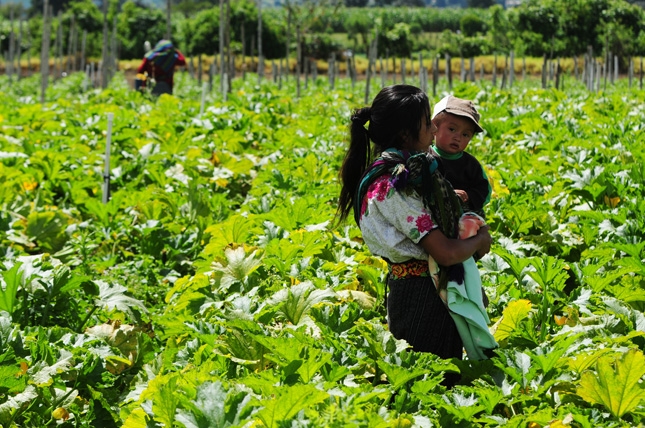Thousands at risk of food insecurity in Central America following a prolonged period of drought

The International Federation of Red Cross and Red Crescent Societies has warned that a severe drought is affecting Central America’s Dry Corridor threatening the food security of millions of Central American people.
The Central American Dry Corridor stretches from Mexico to Panama, the countries most affected by the drought are El Salvador, Guatemala, Honduras, and Nicaragua, which have all been experiencing a prolonged period of drought since late June 2018.
The LVI Climate Forum in Central America predicts a below average amount of rainfall from August to October, which is expected to worsen the situation.
Central America typically experiences ‘canícula’ in August where little to no rain falls. However, this year the canícula arrived much earlier than usual which has had a detrimental effect on crops and agricultural production.
Across Honduras, Guatemala and El Salvador 290,322 families have been effected. Similarly, in Nicaragua 300,000 people have been effected.
In El Salvador 57,000 hectares of land has been affected, of which around 22,000 has been destroyed, this has caused the loss of 2.7 million quintals of corn and damages worth USD$37 million.
Agricultural families in Guatemala have lost a total of 115,00 hectares of crops, costing around USD $44.5 million. In the east of the country, drought has destroyed over 80% of corn and bean crops, putting the food security of thousands at risk in the coming months.
Similarly, 82% of corn crop and 83% of bean crops planted in the first harvest have been destroyed in Honduras. This has affected 72,000 families across 66 municipalities.
Due to the current situation in Nicaragua the IFRCC has only been able to perform a secondary analysis of the country. According to a February 2018 report by the Nicaraguan Institute for Territorial Studies over 300,000 Nicaraguans live in areas susceptible to drought.
The IFRCC have warned that the drought could lead to further migration in the Americas as climatic factors have encouraged people to emigrate from the Northern Triangle’s Dry Corridor. The United Nations reports that 50% of Central American migrants apprehended by Mexican authorities are agricultural workers, and 80% of Guatemalan migrants are from rural areas.
The 10th Anniversary AIDF Global Summit is taking place on 5-6 September 2018 in Washington D.C, join us to discuss key challenges facing the Americas such as climate change and migration.
If you’d like to stay informed on the latest updates in aid and development, please sign up for the AIDF newsletter.
Image credit: Maria Fleischmann / World Bank.












